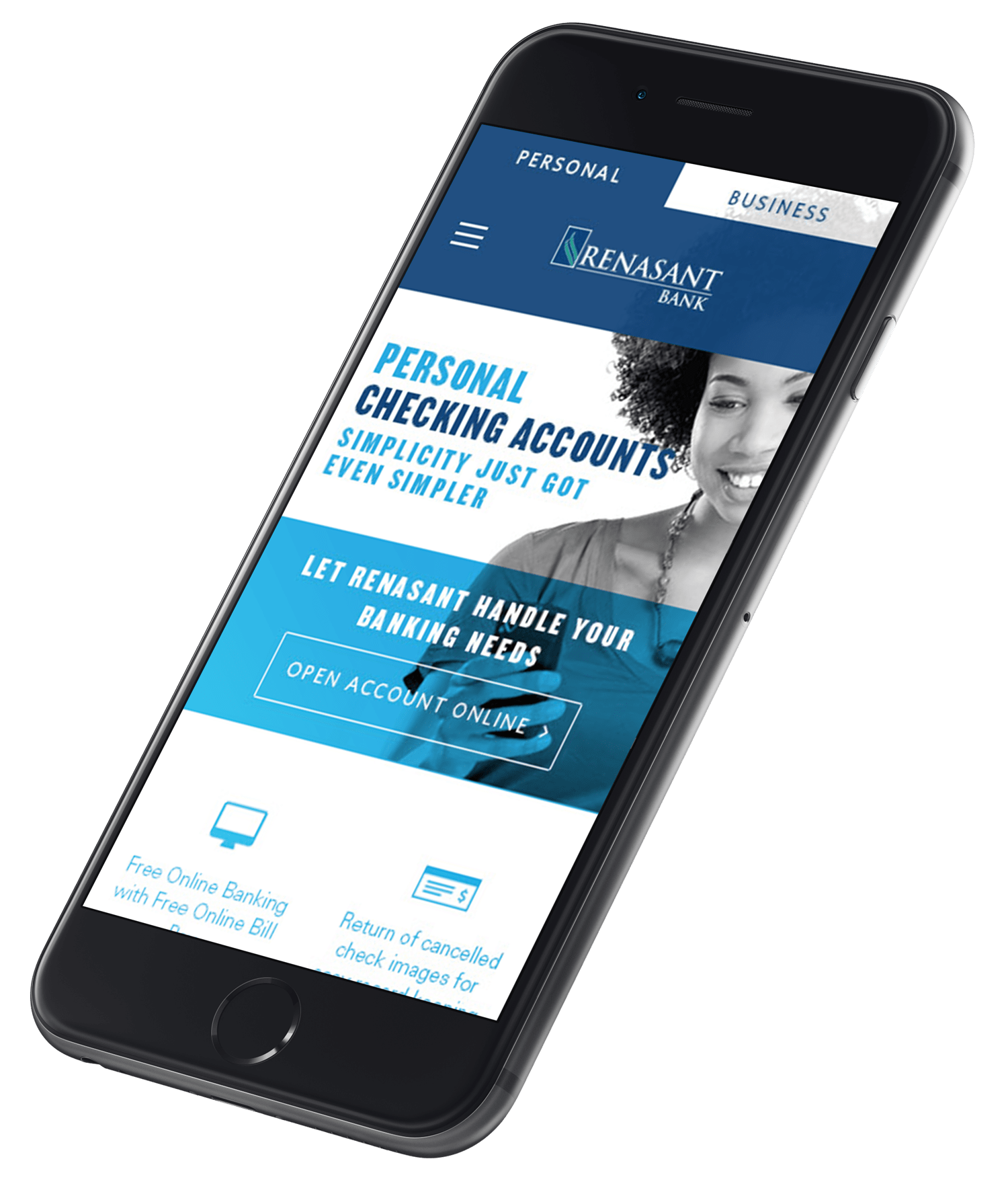A few weeks ago, some of America’s largest brands took a $5 million gamble to try to move us emotionally. Some of the commercials were funny. One or two were inspiring. More than a handful were heavy-handed. But for Super Bowl commercials, few were truly super.
Before we go much further, let’s stop and really think about the cost of a Super Bowl spot.
Five million dollars.
That’s how much a 30-second placement on Fox costs – $166,667 per second.
Most of us will never have the chance to gamble with that much money.
Keep in mind that the media cost doesn’t cover production at all. For example, M&M Mars, owner of Snickers, had to pay BBDO to hire Adam Driver and a number of other actors (who were good enough to carry an intentionally bad live commercial); build a set; hire animal trainers, stunt coordinators and pyrotechnicians; and then broadcast the thing live.
Is the exposure worth the risk and money?
Last year, 112 million people watched the big game. Hundreds of thousands more watched the ads online in the following weeks.
Advertising Age did an experiment to see if it could get even more bang for a $5 million placement. For the same price, Facebook’s ad service predicted it could place an ad in front of 5 million people, each day, for 11 months. That’s around 150 million people each month for almost a year — or more than 1.6 billion impressions.
And if an ad gets picked up and shared by someone, Facebook doesn’t charge extra. The better the content, the greater the chance it will take on a life of its own free of charge.
Advertising Age didn’t share the demographics of its campaign. Targeting wealthy Facebook users is more costly, and geography and population density obviously play a large role.
Demographics aside, this study proved something I’ve been saying for a long time: You don’t have to be big to compete.
Thanks to online advertising platforms like Facebook and Google, you can – and must – be a part of the online marketplace, targeting your perfect customer across the world (if you’re online) or right in your backyard.
The marketing landscape is changing. Traditional platforms are alive and well, as evidenced by the $5 million Super Bowl ad buy, but location-based targeting, online platforms and social media give us smaller businesses an opportunity to zag when everyone else is zigging.
A few years ago, Newcastle (which, to be fair, is one of the big guys) decided to make a Super Bowl ad but stiff-armed the hefty price tag. The company hired Anna Kendrick to talk about how it was going to make a Super Bowl ad but then didn’t have the money. The ad ran online and in social media channels during the big game. Because Newcastle wasn’t paying for placement, it was able to make a funny 2-minute video outside the traditional realms of censorship.
Ad platforms like Facebook and Google give you the option to have a different look, which is the whole point of advertising – to stand out. People have been exposed to television commercials for decades, so they see the ads coming and, more often than not, use that time as a bathroom break or simply fast-forward. Anytime there is a change in the marketplace, it’s an opportunity for smaller businesses to take advantage.
Online ad platforms, specifically those that use location-based data, offer an incredible opportunity to target the perfect customer without paying a premium. The $5 million Super Bowl ad buy offered almost no geographic or demographic targeting, which means views are being wasted – unless, of course, your target audience is everyone in America (it’s not).
Let me be clear: When I talk about harnessing the power of Facebook, I’m not talking about upping your social media game.
I don’t think every company needs to be social.
I work with plenty of clients who would be hard pressed to find their perfect customer on Facebook. But their customer uses a smartphone and the Internet every day. Facebook shows ads to non-users across the Internet in addition to its 1.6 billion active users. It is able to use the behavioral browsing data from its 1.6 billion users and apply those behaviors to non-users – helping you find your best and most likely customer.
Stop watching the advertising game from the sidelines. If you have a business, you need to have a plan to market it, and it’s never been easier.



